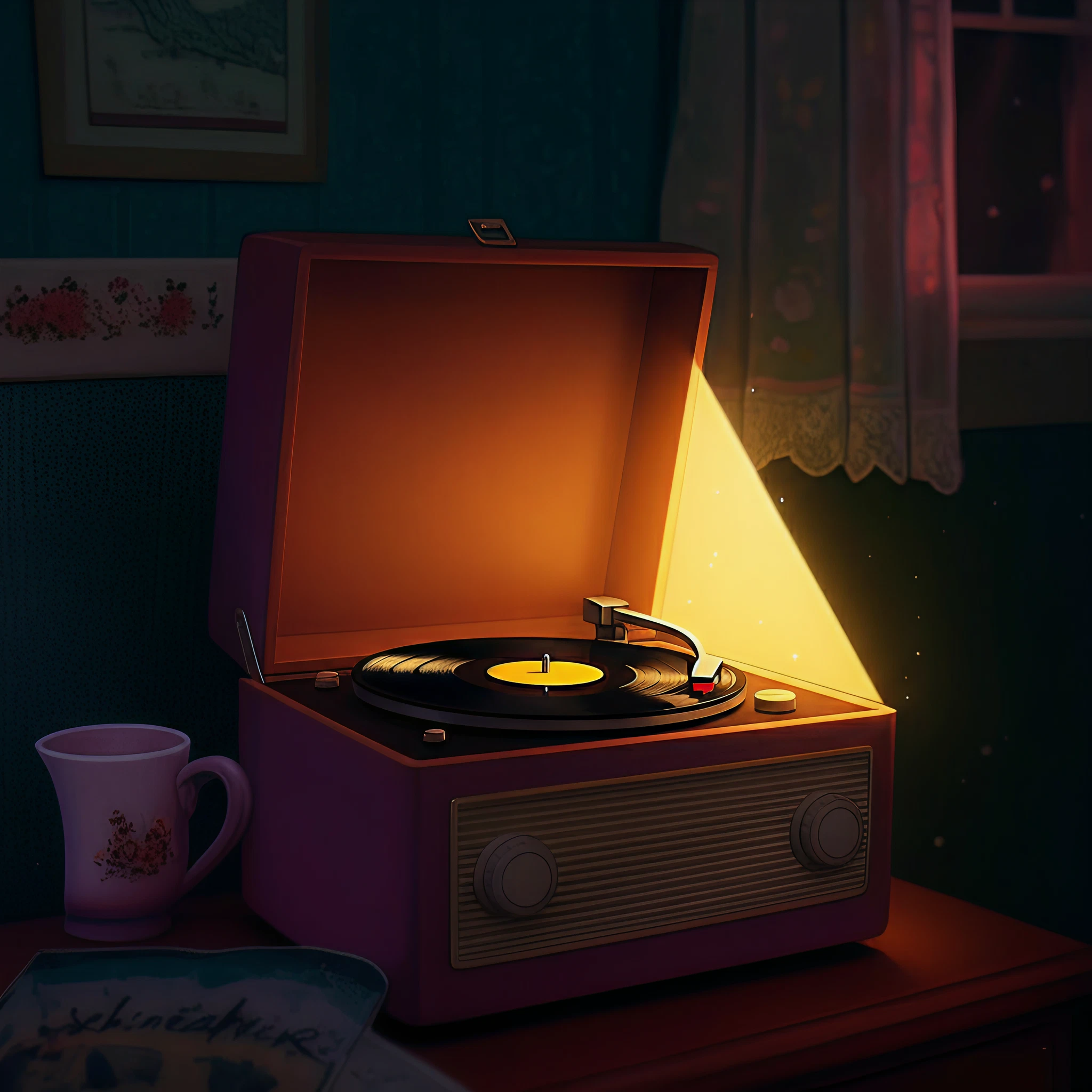The haunting yet oddly nostalgic “Skinamarink Song” has left a unique mark across generations. While recently gaining renewed spotlight due to its connection to the experimental horror film Skinamarink, its roots go far deeper. This article explores its origins, relationship to the film, and the cultural phenomenon it has become.
What Is the “Skinamarink Song”?
For many, the “Skinamarink Song” evokes warm memories of childhood. Originally titled “Skinnamarink,” it was popularized by the 1980s children’s show The Elephant Show featuring Sharon, Lois & Bram. With its repetitive lyrics and cheerful melody, it became a quintessential anthem of innocence. Lyrics like “Skinamarinky dinky dink, skinamarinky doo, I love you” were embraced for their whimsical simplicity.
However, Skinamarink (2022) morphs this once-innocent tune into something entirely different, giving it an eerie, unsettling twist.
The Song’s Connection to the Movie “Skinamarink”
The experimental horror film Skinamarink, directed by Kyle Edward Ball, takes the harmless tune from childhood nostalgia and embeds it into a completely different context. The film itself is an atmospheric experience, focusing on minimal dialogue and abstract horror. It uses the song as a psychological tool, turning what once felt comforting into something chillingly unfamiliar.
Ball leverages the song’s nostalgic ties to create discomfort, forcing viewers to confront the distortion of something harmless in a surreal, haunting story about isolation, memory, and fear.
Much like the dark undertones observed in Set Dressing’s music video “Date Line,” which was inspired by Skinamarink, both explore how the seemingly banal or bright (e.g., the “Skinamarink Song” or bright plastic packaging) can evoke sinister emotions when viewed through a different lens.
The Psychological Effect of the “Skinamarink Song”
One of the reasons the song resonates as unsettling in the horror context is its use of liminal spaces in memory. The melody and lyrics transport listeners to an ambiguous mental state where childhood nostalgia clashes with eerie undertones. This juxtaposition of innocence and foreboding creates a cognitive dissonance that lingers long after hearing it.
The repetition of the nonsensical “Skinamarinky dinky dink” phrase can also feel almost hypnotic or cult-like when slowed down or played in different tones, intensifying the psychological unease.
“Skinamarink Song” and Internet Culture
The internet has always had a knack for taking childhood relics and recontextualizing them. Once Skinamarink hit the horror scene, TikTok and Reddit threads buzzed with fans dissecting the “Skinamarink Song.” Memes flooded timelines, featuring slowed-down covers or eerie remixes of the classic tune.
YouTube creators dove headfirst into video essays about the song’s symbolic resonance, many connecting it to themes of childhood trauma or the loss of innocence. The resurfaced interest demonstrates how pop culture and internet commentary can breathe new life into nostalgic artifacts.
Fan Theories and Interpretations
Some fans argue that Skinamarink’s use of the song reflects the film’s deeper themes of fractured family dynamics and fading memories. The cheerful lyrics, when taken out of their playful context, feel out of place in the emptiness of the film’s atmosphere.
Others believe that the song acts as a metaphor for unreliable memory. It’s not just a cheerful tune but a fragment of childhood that becomes distorted and unclear over time, much like the film’s narrative.
Notable Covers and Remixes
The “Skinamarink Song” has inspired countless covers and remixes, particularly since its horror resurgence. Notable renditions include slowed and haunting versions featured in fan-made horror edits, while electronic producers have added glitchy undertones to emphasize its unsettling quality.
Musicians have even included references or melody samples in their work, nodding to its growing cultural icon status. Covers now walk the fine line between eerie nostalgia and playful homage, much like modern retellings of other childhood favorites (think creepy lullabies in horror soundtracks).
Final Thoughts
The “Skinamarink Song” is far more than a quirky children’s tune. Its transformation into a cultural and psychological touchstone shows how art can evolve across generations. By recontextualizing something as familiar as the “Skinamarink Song,” creators like Kyle Edward Ball successfully tap into our universal relationship with nostalgia, memory, and fear.
Whether you’re singing it to a child or dissecting its place in horror films, “Skinamarink” continues to prove its relevance in ways we never expected.
If you’re a fan of unraveling hidden meanings and nostalgic reinterpretations, add Skinamarink to your watchlist. It’s proof that even the most innocent songs can hide the most haunting truths.








